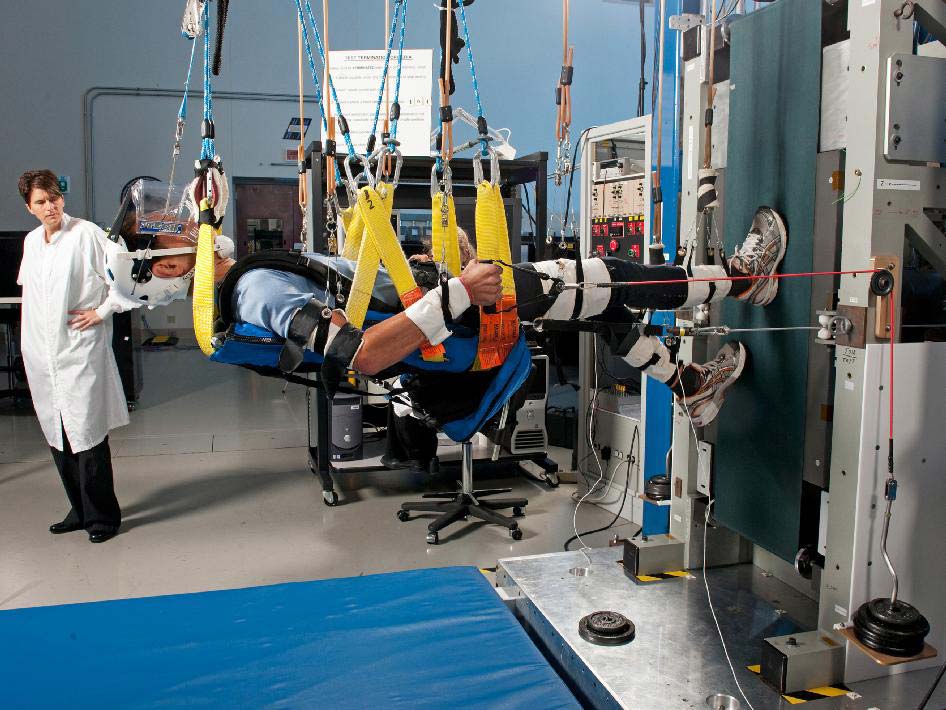 Scientists have been able to determine the gravitational field of the moon with the help of spacecraft which orbit around it. The movement of spacecraft would be affected by the gravitational pull of the moon, which helped scientists study the gravity on the moon's surface.
Scientists have been able to determine the gravitational field of the moon with the help of spacecraft which orbit around it. The movement of spacecraft would be affected by the gravitational pull of the moon, which helped scientists study the gravity on the moon's surface.
According to data released from the spacecraft it was found that the gravitational acceleration on the moon's surface is 1.63 m/s2, around 16.7% that on the surface of Earth. This means that an object on moon's surface will only weigh 16.7% of its original weight on Earth. This is because weight depends on gravitational acceleration.
Characteristics of the Moon's Gravity
One of the most important characteristic of the moon's gravitation is the presence of gravitational anomalies also known as mascons. These anomalies have significant effect on any object that reach the moon's surface. So, scientists who plan to land on moon's surface have to calculate a number of things before landing on moon's surface. The gravity of moon was first discovered by the Lunar Orbiter before the Apollo Mission. However, even after discovering the gravitational pull of the moon, the astronauts in the Apollo mission had considerable difficulty in landing on the surface of the moon.
Free Fall on the Surface of the Moon
An external magnetic field is present on the moon's surface, but one hundred times less than that of Earth. Magnetization is crusted on the moon's surface. Because gravitational pull is less when compared to that of Earth's surface, free fall acceleration on the surface of moon is 1.6 m/s2. This is primarily because the moon has a weaker gravity than Earth. This also means that the gravity of the moon has only 1/6th of Earth's gravitational pull. So, an object on moon will seem it is floating on the moon’s surface. Scientists undergo special underwater training to simulate the feeling of the moon's gravity.
